Seven Things To Do In Iquitos. It is the world’s largest landlocked city in the world. It is a needle in the Peruvian Amazon haystack. There is no road or highway that leads to Iquitos. This port city is located over 2,000 miles upriver on the Amazon River from the Atlantic Ocean. Iquitos is only reachable via air (flights from Lima) or water. If you wish to reach Iquitos from Peru’s capital, Lima, please set some time aside. From Lima take an 18 hour bus ride to Pucallpa. At Pucallpa you can catch a ship that will arrive in Iquitos four days later.
For thousands of years indigenous Indians roamed these pristine lands as nomadic hunter-gatherers. This changed when the first Jesuits arrived in the 17th century, looking to “tame” the natives and settle them into communities. In 1821, Peru gained its independence from Spain. Iquitos officially was founded in 1864 when the first port facilities were constructed. The late 19th century witnessed a rubber boom. As the global car industry began to flourish, an insatiable need for rubber grew in unison. This era marked a gold rush for Iquitos as men flocked to the region to make their fortune in the rubber industry. The boom was quickly extinguished when a Brit spirited some rubber trees to the colonial lands of South East Asia. Today the region is being pulled in two directions. Iquitos is the launching point for Amazonian eco-tourism. Unfortunately, Amazonian natural resources, like timber, oil, and minerals, and being exploited.
Besides exploring the magic of the Amazon, it is worth spending a couple of times days to investigate the unique city of Iquitos.
Mototaxi
The streets of Iquitos are inundated with the Peruvian mototaxi, an auto-rickshaw. Over 25,000 prowl the streets easily outnumbering the finite number of buses and cars. The mototaxi provides a quick and affordable option to explore the city, albeit a little noisy.
Iron House
La Casa de Fierro or the Iron House sits prominently on the Plaza de Armas. The Iron House was displayed at the International Exposition in Paris in 1899. It was purchased by a Rubber Baron and brought to Iquitos. This prefabricated steel house was dissembled into pieces and transported via the Amazon and reconstructed in 1890 in Iquitos. Besides its unique architecture, its true claim to fame was its designer, Gustave Eiffel, better known for a tower in Paris.
Rubber Baron Mansions
The Rubber Barons had a lot of cash to burn. In 1866, only 648 people called Iquitos home, during the rubber rush, the population swelled to 10,000 by 1903. Today, there are over 500,000 inhabitants. With these nouveau rich, Iquitos found itself in the midst of a building boom. Stately mansions began to rise and dot the Malecón, the boardwalk overlooking the water. These houses are covered in multi-colored, imported Portuguese tiles known as azulejos. Today, many still stand but now in depilated elegance.
Riverside and the Plaza de Armas
Plaza de Armas is the main square and heart of Iquitos. It is a great place to people watch and chomp on a churro. Surrounding the square is Iquitos’s only 5 star hotel, the main cathedral, and the aforementioned Iron House. Just a minute’s walk is the Malecón watch offers green views of the Amazon as well as the beginnings of the shanty town. Stroll down the Malecón sip an Inca Cola and soak in the atmosphere and mix with the locals.
Belan Market
Follow the Malecón and you will collide into the Belan market. I have been to many local markets across the globe, but the Belan Market wins point for its authentic-ness. There are no tourist knick-knacks being sold here. This 20 block monstrosity is crammed with people and stands. The humidity soaks through your clothes and the smells attack your olfactory senses. Pile of raw fish are stacked high, next to rows of chickens sitting on a dirty table. Flies lazily circle around their prey. I disturbingly pass a table of chopped up turtles. Other exotic and protected animals also can be found in this market. Giant, deep barrels on olives tempt me with its appealing smell. A rainbow of colors of fruits and vegetables brighten the often tarp-covered market. Veer off to one of the side streets and you will come face to face with purveyors of traditional Amazonian medicines and tonics. I was advised to keep track of my valuables, but had no issues during my visit.
Belen
On the edge of Iquitos on the Itaya River’s floodplain exist 65,000 people in the neighborhood of Belen. Many don’t have electricity, sanitation, or clean water. Severe poverty permeates this neighborhood with ailments like tuberculosis and malaria thriving. During the high water season, the water will rise 15-20 feet. In response, many houses are either built on stilts are literally on the tops of a wooden rafts. The neighborhood is bursting with open air markets and mototaxis fighting for space with the pedestrians. A myriad of boats bustle on the canal as they drop off passengers and products from the surrounding villages on the Amazon. Check out more photos from Belen.
Beer Smoothie
As you can imagine, there is a lot of fruit to consume in the Amazon. Some of it unique to Peru. I have consumed fruit smoothies across six continents, and here in the Amazon they have a unique twist. Besides the typical ingredients of fruit, milk and sugar, the locals have added in the secret ingredient: dark beer.
And for some advice on eating and sleeping:
Eating
Centered on the Malecón and the Plaza de Armas are a number of tourist/backpacker restaurants. Stop by Dawn on the Amazon Café and enjoy a bowl of gazpacho with a side of guacamole. Try their chocolate frappuccino as you lounge on their patio and people watch. Nearby is Karma Cafe, a place to sip on a fresh banana-strawberry smoothie while munching on some hummus. And finally you can check out the pizza at Antica Pizza as you overlook the action from their balcony. And for dessert, stop by for two scoops of chocolate and cappuccino with the friendly staff at Ari’s Burger.
Nativa Apartments
A five minute walk to the Plaza de Armas, Nativa Apartments is nestled on a side street populated with mom and pop bodegas. The rooms are spacious with strong ACs and decent wifi. Monica the owner is very friendly and helpful. Keep an eye out for her pet monkey. You can book the Nativa here.
Seven Things To Do In Iquitos
Disclosure: If you book a hotel, I will earn a commission.
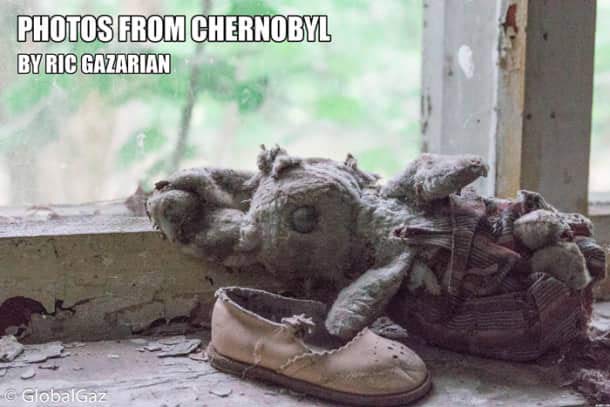
Photos From Chernobyl
Sign up to receive your free copy of Photos From Chernobyl. Over 100 photos from the Chernobyl Exclusion Zone.

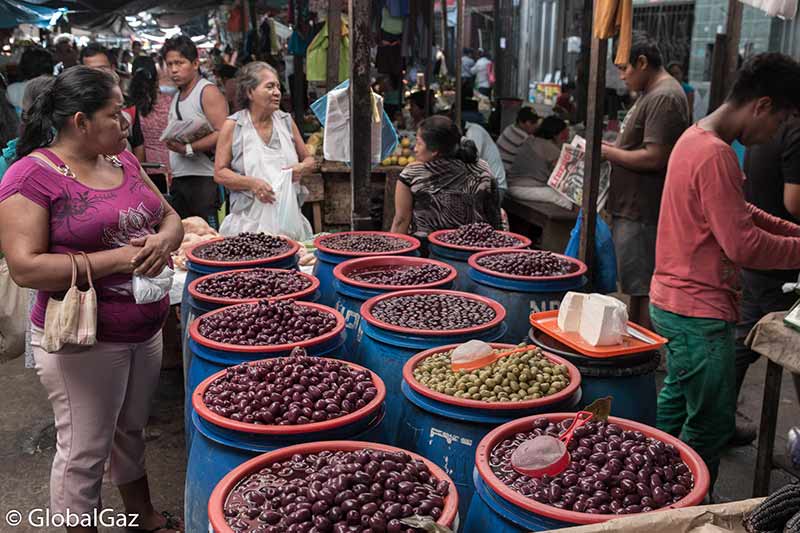
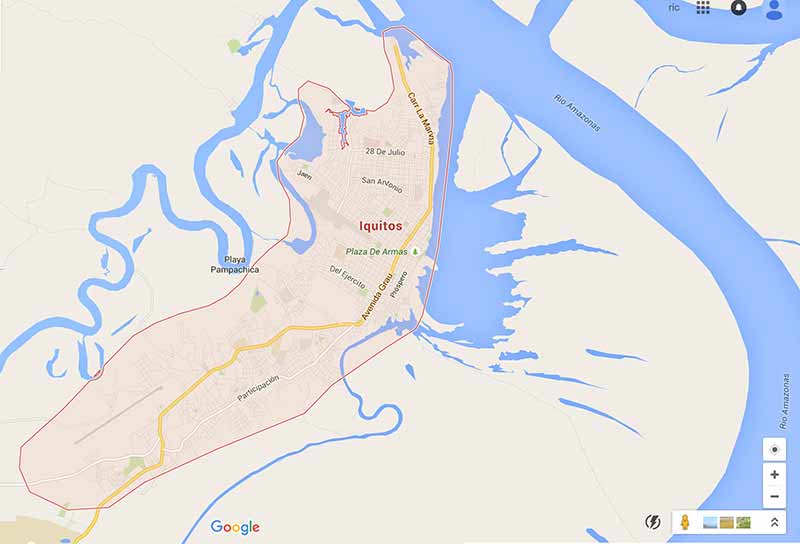
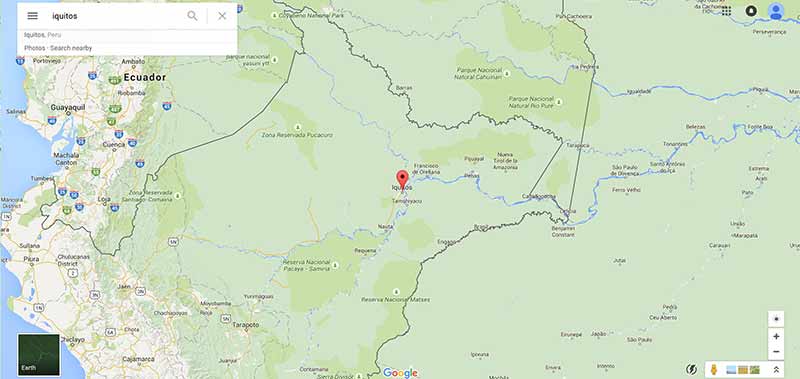


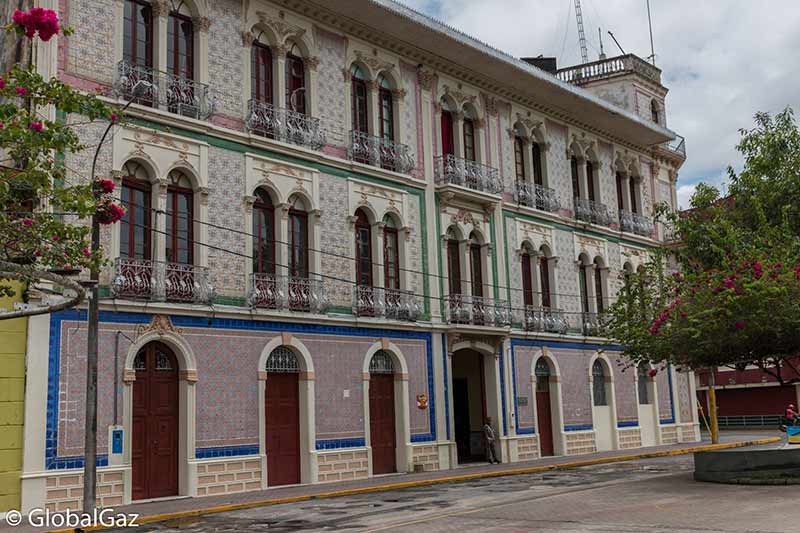




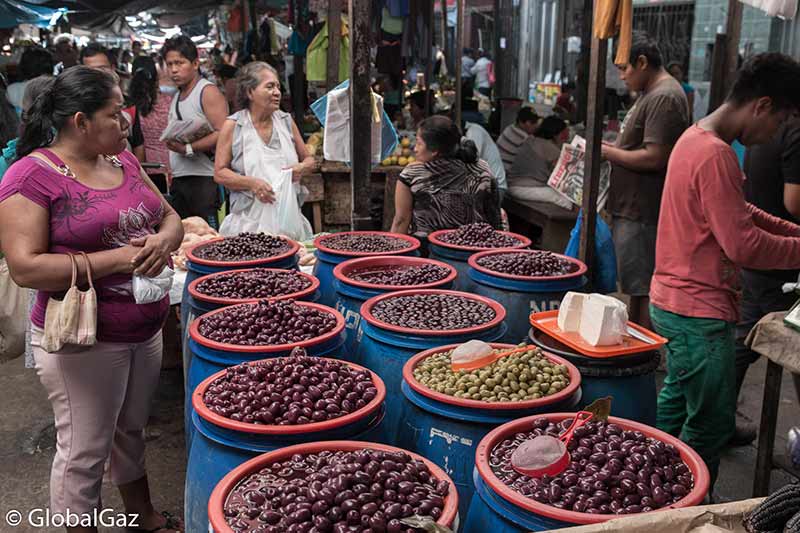



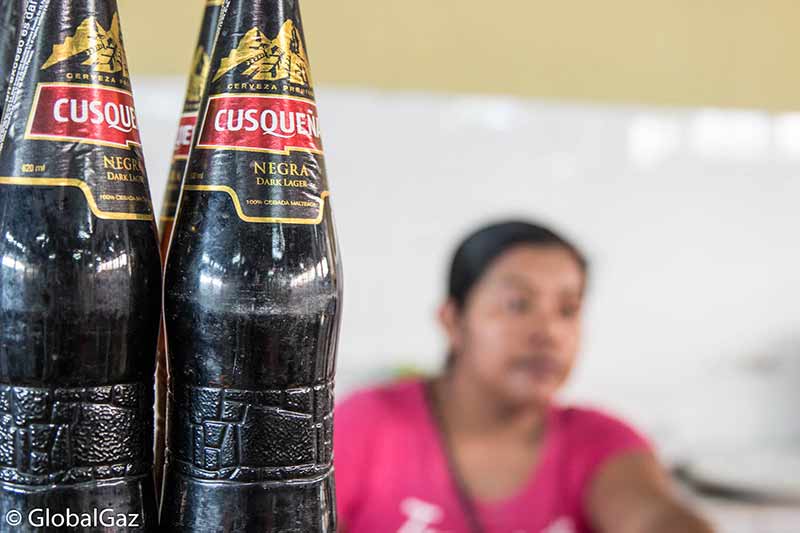


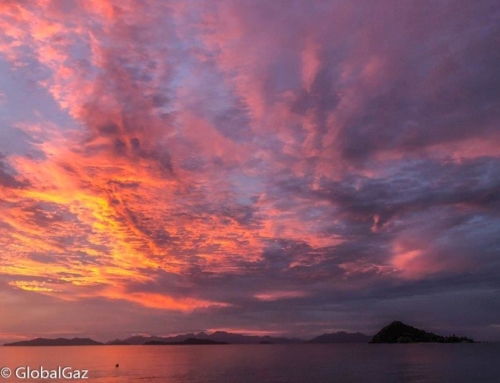
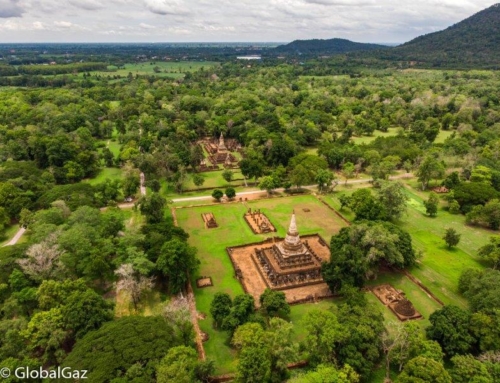
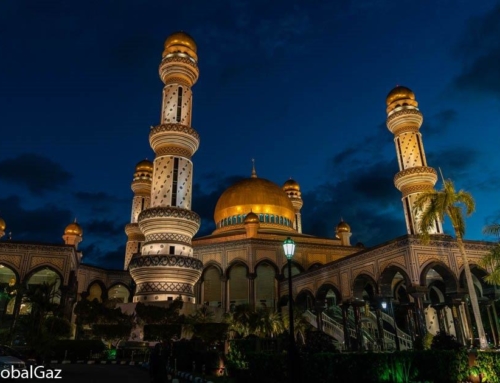
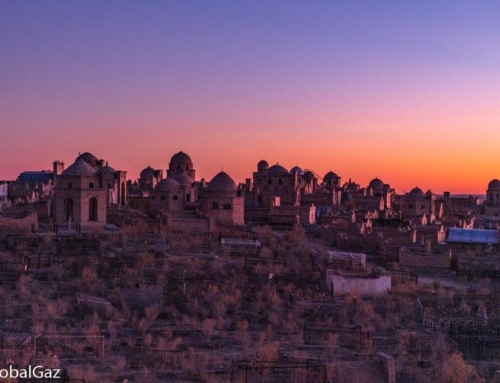
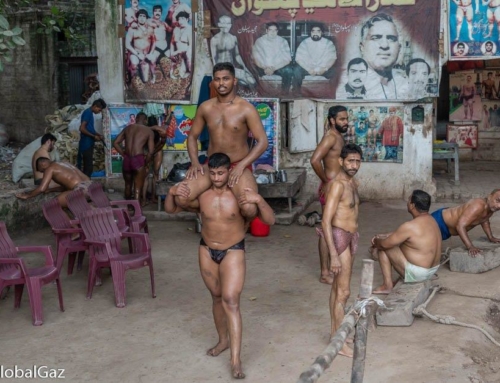
[…] Check out the other things to see in Iquitos! […]
[…] Check out the Seven Things To Do In Iquitos. […]